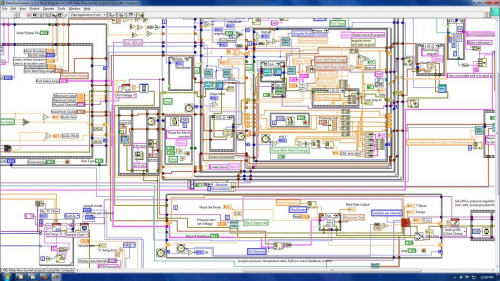I’ve been using Puppet here and there for about a year now. In the last six month, I went rather heavy, and managed to accumulate quite a bit of modules, configs, hosts, etc. Refactoring some of the code, and trying out new ideas, I’m reading through the Beginner’s Guide to Modules to help me with the best practices. A couple of bits from there, I think, are worth quoting:
(Tip: If you describe the function of your module and you find yourself using the word ‘and’, it’s time to split the module at the ‘and’.)
This above is useful to people like me, who got comfortable throwing bits and pieces into modules, but don’t quite know yet where is that thin line for the module separation. The above tip makes that crystal clear. So, for example, “my module installs and configures something” no becomes two modules, where one “installs something” and another “configures something”.
It is standard practice for Puppet users to have upwards of 200 modules in their environment.
With this I know that my current setup is rather small and simplistic. It’s not the numbers I am after, of course. But, again, it’s difficult to say if I am doing too much of it, or not enough; if the system has been built to scale to the level where I am. It turns out, I have a long way to go. A quick check shows that I’m at 127 modules in my current setup. And that one is used for configuring pretty much everything – base installs, web / db / dev servers, desktops, etc.
Some of it will get expanded as I am replacing quite a bit of my own modules with third-party ones. Interestingly enough, I wasn’t comfortable using other people’s code in the beginning and wanted things to be precisely my way (there were some time constraints). It worked well, for a time. But not a lot of it can be thrown away and replaced with other people’s code. More features and less maintenance for the win!
